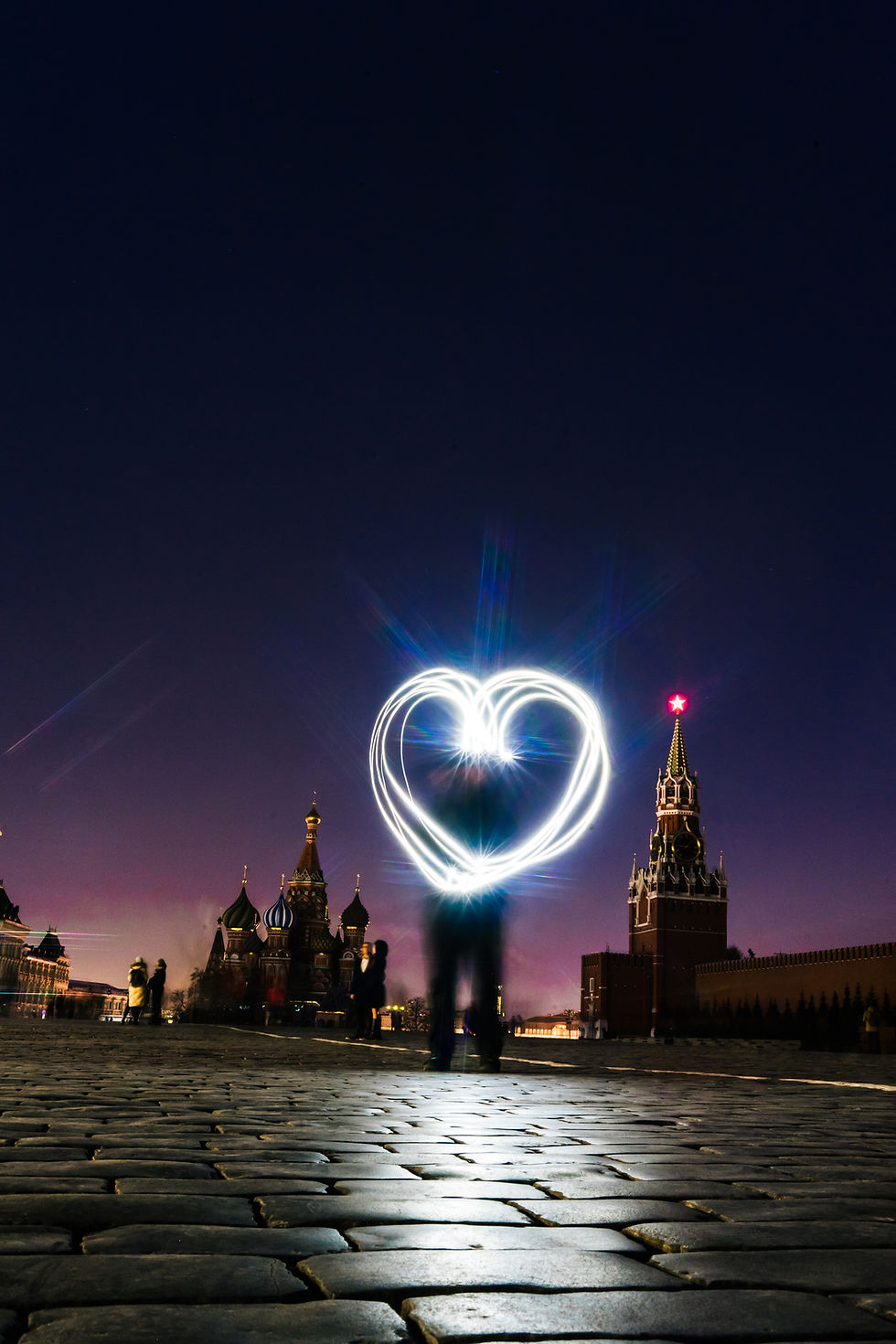Step into the unknown with Siberian shamans
- Alex

- May 21, 2020
- 3 min read
Updated: Jun 7, 2020
Shamans are a part of the cultural heritage of not only Siberia and the Far East, but also numerous regions in Africa, South America, Europe, and South-East Asia. They were also present even in highly developed countries such as Japan, South Korea or Austria. And everywhere, shamans would carry out the same mission - to bridge the spirit and physical worlds and take care of their tribe. Are there still any shamans left and is it possible to meet them?

Agitated, ecstatic person - this is what the word “shaman” originally meant when it became a part of the Russian language in the 17 century. Shamanism is one of the most ancient spiritual practices that emerged in the early days of humanity, but it seems impossible to determine the exact date in light of its vast geography.
How are shamans chosen
A shaman is always a Chosen One by the spirits, and at some point in life, their true nature just reveals. You don’t choose, the spirit chooses you. Some people face it at a young age, while others find out much later.
How do you know if you’ve been chosen? Such a person starts having some supernatural experiences. For example, they can go into the woods in a frost without warm clothes and come back safe and sound.
Acceptance or denial of such vocation is said to be fateful. In those few stories about shamans on the internet there is evidence that those who refused died shortly afterward.
People believe that shamanism is passed down genetically, more often - from a grandfather to a grandson, as shamans are mostly men. Thus, shamans change each other to be able to take care of their tribe and family.
Shamanic levels
There also are several spiritual levels of shamanism with different ethnic and tribal territory and influence. According to legends, top-rank shamans could hover over the surface and even fly on their horses.
Shamans are also known to avoid conflicts with authorities. They believe to have different kinds of power and nothing to compete for. For example, in the Soviet years, when Red Army soldiers were carrying out raids, shamans would escape to the tundra where nobody could find them and come back when the path was clear.
Apparel
Every shaman has their own unique apparel and accessories such as a tambourine and some ironwork, symbolizing their spirits. Apparel can also feature coloured ribbons: their number refers to how many successful rituals their owner has performed, while the color signifies ritual type.
Today, shamans wear ritual apparel only during the ceremony, while at all other times they lead ordinary lives and usually have their own families.
Rituals
Shamanic practices differ for each tribe but what they all have in common is interacting with spirits through some kind of trance. For this purpose, they use beating of the drum, ritual dancing and psychotropic substances such as hallucinogenic mushrooms, mind-altering plants or berries. Before the ceremony, shamans carefully clean up the place and sometimes perform an offering ritual.
What can a shaman do? Depending on their spiritual level, shamans are able to heal a sick person, find those missing, protect from bad luck and help otherwise. Find exclusive photos of shamanic rituals on The Guardian.
How to distinguish a real shaman
A “white” shaman from Altai Anton Yudaev singles out several criteria of shamanism:
One of the ancestors was a shaman
A special mark on the body - for example, a mole the size of a fist or a sixth finger
After death
Following the death, shamans were buried far outside villages and cemeteries because people believed that spirits only leave shaman’s body 300 years after their death, and are able to possess another person who gets too close. Disrespect for such a gravesite could invite a curse or even a quick death.
Where to find shamans
Anatoly Alexeev, a Russian researcher of shamanism, believes that the strongest shamans live in Siberia, particularly, in the Altai Mountains, where they’ve kept the traditions best of all. But you can also meet shamans in other regions of Russia such as Khakassia, Tyva, Irkutsk region, Yakutia in the Far East and more.
Siberia also hosts multiple Tailagan ceremonies that bring together shamans from all over the world, for example, the one on the Olkhon Island at Baikal.
An integral part of Siberian culture, shamans and their rituals draw the attention of thousands of tourists from different countries. If you are one of them, meeting a shaman will be easy with the help of travel agencies such as SIBYETI in Altai.


That’s an interesting read ! I am certainly interested in meeting one of them in my life time.